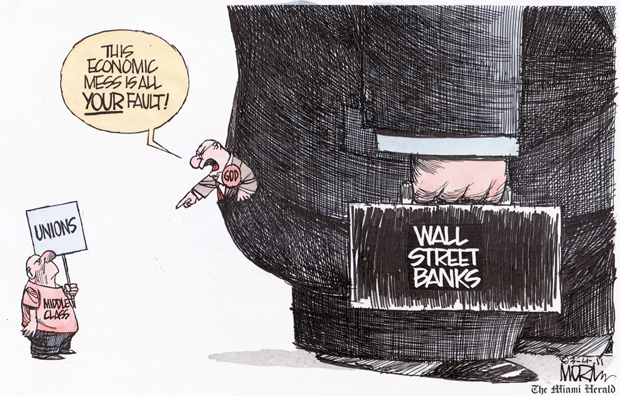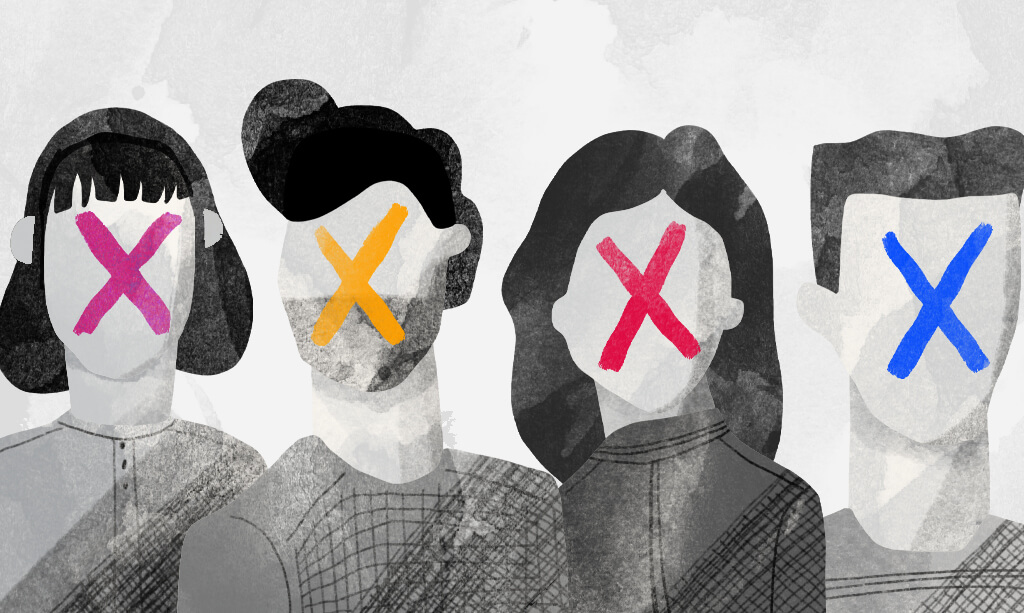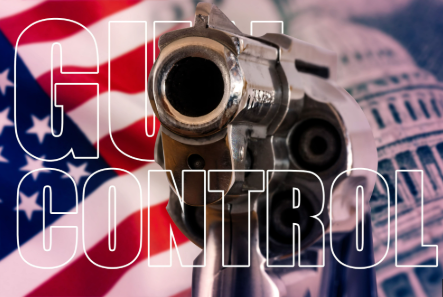Many of us recall the pledge made by candidate Barack Obama in Spartanburg, S.C. on November 3, 2007 when he declared:
“Understand this: If American workers are being denied their right to organize and collectively bargain, when I’m in the White House, I’ll put on a comfortable pair of shoes myself. I’ll walk on that picket line with you as President of the United States because Americans deserve to know that somebody is standing in their corner.”
We’re waiting.
Police estimated up to 100,000 people turned out in Madison, WI on March 12th to protest Gov. Scott Walker’s assault on unions, making it bigger than any protests the city has witnessed, even those during the Vietnam War. The Madison rally is part of a much larger Main Street Movement of average Americans demanding fairness in labor laws, social spending, and taxation that has emerged in Ohio, New Jersey, Florida, Michigan, and elsewhere. But the rally in Madison is noteworthy because at 85,000-100,000, it was bigger than the biggest tea party protest, the September 12, 2009 rally in Washington, D.C., which turned out only an estimated 60,000-70,000.
As a wave of anti-union bills are introduced across the country in the wake of the Great Recession, many analysts are picking up on the theory that award-winning journalist and author Naomi Klein first argued in her bestselling book The Shock Doctrine: The Rise of Disaster Capitalism. In it, she reveals how those in power use times of crisis to push through undemocratic, radical, free market economic policies.
Emboldened by November’s election results, corporations and their right-wing allies have launched what they hope will be their final offensive against America’s unions. Their immediate target is government workers’ unions. While New Jersey’s Republican Governor Chris Christie has gained national fame by beating up on public school teachers, the threat to unionized workers is playing out in all fifty states, to the drumbeat in the media about states going broke because of government workers’ wages, pensions and benefits. By late January, with the swearing-in ceremonies complete in the twenty-one states where Republicans have a “trifecta,” controlling the governor’s office and both statehouses, hundreds of bills had been introduced seeking to hem in unions if not ban them altogether. On February 11, Wisconsin’s new Republican Governor Scott Walker made what amounts to a declaration of all-out war on public sector workers in his historically progressive state, moving to deprive them of the very right to bargain collectively on matters essential to their economic security.
Grover Norquist laid out a sort of blueprint for the current right-wing assault in the February 2001 American Spectator. Identifying labor unions as the first of “five pillars” of Democratic strength, he calculated that they “raise $8 billion a year from 16 million union members paying an average of $500 dues,” and outlined a game plan for destroying union power, key to the right’s larger mission of abolishing all regulations that impede its agenda, from environmental laws to occupational safety to affirmative action.
But, of course, the right’s campaign against labor has been decades in the making. In 1975 the overall unionization rate in the private sector was 25 percent. Thanks to the class war that has been waged since then—involving trade liberalization, radical reorganization of global finance rules, unionbusting, deindustrialization, rejiggered accounting rules and more—Norquist’s goal is now within reach for the right. According to union expert and author Bill Fletcher Jr., “There has been a three-decade campaign by the neoliberal Democrats and the right wing to destroy the base of the strength of the American middle class, which can be boiled down to unions and government regulation of corporate excess. As a result, unionization rates and corresponding pay and benefits now appear higher in the government sector, and the same forces are now attacking government workers’ unions.”
We need a clear message that public workers and union members in general did not cause the economic crisis or unbalanced budgets. Public pensions did not spark a meltdown on Wall Street. It wasn’t workers exploiting tax loopholes or off shoring their bank accounts that depleted public treasuries. Over the past three decades there has been a massive shift of federal revenues. Individuals now account for nearly five times the federal tax receipts as do corporations, numbers that were roughly equal when Ronald Reagan took office. The states are no better. Overall, taxes on individuals produce about four times the revenues for states that corporations do. In Wisconsin, the ratio is about five to one – and that was before Wisconsin Gov. Walker gave corporations $117 million in tax cuts in January to create his current “I need to break the unions” $137 million deficit.
The Koch political poison has spread across the nation. Robocalls from Koch’s Americans for Prosperity group flooded New Hampshire in support of a bill that would repeal participation in the Regional Greenhouse Gas Initiative (RGGI), which has cut greenhouse pollution and created 1,130 jobs as a result of energy efficiency benefits. AFP climate deniers in New Jersey are trying to kill RGGI there as well. Koch’s main man in Congress, Rep. Mike Pompeo (R-KS), inserted an amendment to slash EPA funding in the House GOP’s already wildly anti-environment budget. Koch’s many subsidiaries have filed challenges against health and environmental rules from toxic chemical disclosure to dumping in streams.









